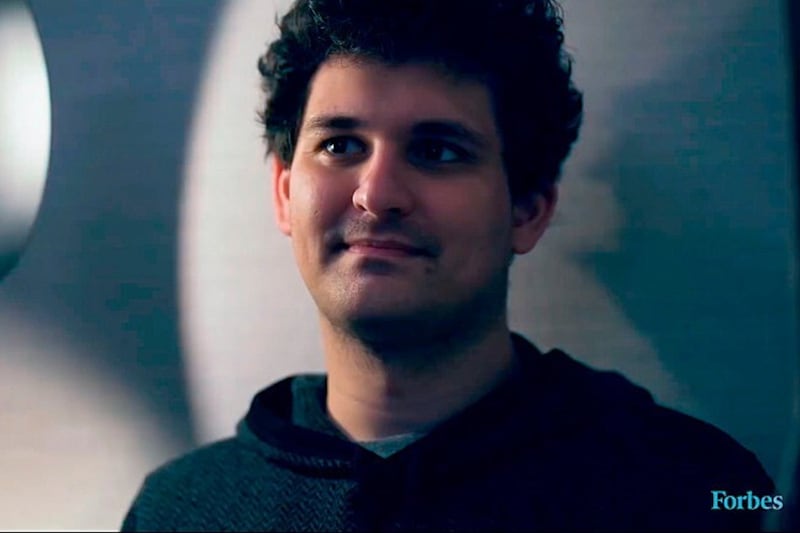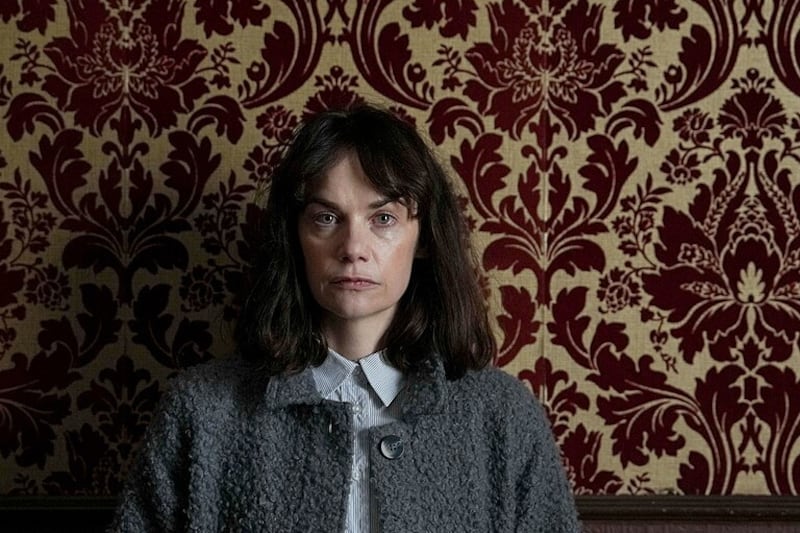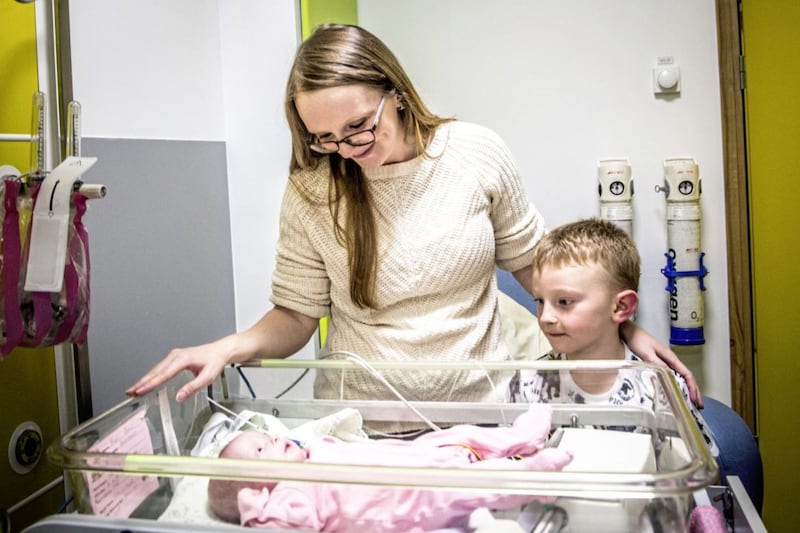The Woman in the Wall, BBC 1 and iPlayer
The near theocracy that was the first half of the Republic of Ireland led to some appalling actions as the nascent country sought to distance itself from its previous master.
The Free State was to be, above all else, Catholic and Gaelic.
These notions triumphed over freedom and economic progress, and it wasn’t until the 1970s and 80s when education, EEC membership and returning emigrants gradually changed the country.
The mother and baby homes were the most egregious example of church and state seeking to impose a ludicrous sexual morality on women.
Around 56,000 women were placed in the homes, run by nuns, after getting pregnant outside of marriage.
Other jurisdictions, including Northern Ireland, had similar institutions but the per-capita numbers in the Republic are believed to have been the highest in the world.
Read More: TV Review: Netflix's Mark Cavendish documentary is an inspiration
TV Review: Netflix's Deepest Breath
TV Review: Once Upon a Time in Northern Ireland
Many women stayed in the institutions for life, where they worked for the religious orders, often in a laundry service.
The last home only closed in the 1990s and the issue returned to public debate in 2015 when a researcher claimed that almost 800 babies were buried in a mass grave at a Tuam mother and baby home.
A subsequent public inquiry, which included some Protestant homes, found that the institutions had a rate of infant mortality double the national average.
The Woman in the Wall dramatises the experiences of one woman. Lorna Brady (Ruth Wilson) got pregnant at 15 and found herself dragged off to a mother and baby home and her infant was taken from her at birth.

We meet the damaged adult decades later in a small village in the west of Ireland.
A Catholic priest has been bludgeoned to death in a parochial house in Dublin and his old car has been found crashed in a field on the outskirts of the village.
Fr Percy Sheehan had ‘advised’ many women and young girls that their futures were in the homes and in flashback we see him grab and push Lorna into a car outside her parents’ home.
We first meet Lorna lying on a country road in her nightdress surrounded by curious cattle. She’d been sleep-walking again and had no idea how she got there but went straight to the hardware store so that she could lock herself in at night.
It’s 2015 and the mother and baby controversy is in the media when Lorna gets a note from someone who says she knows what happened to her baby.
After arranging a meeting that doesn’t quite happen, Lorna wakes in her own bed with no memory of how she got there and finds a dead woman downstairs.
The elderly woman bears a striking resemblance to the nun who took Lorna’s baby in her dreams.
Lorna decides to hide the remains behind the wall plaster - thus the title of the series.
We now have two murders, the second as yet undiscovered, and Gardai are suspicious that Fr Sheehan’s involvement in the Magdalene laundries may be a motive.
In an effort to reflect the harrowing state of Lorna’s mind, The Woman in the Wall mixes psychological thriller, horror, murder mystery and a touch of cop comedy.
It makes it a difficult, at times confusing watch; albeit too much television drama is formulaic so it’s good to see an effort at a fresh approach.
We shall see as the six-part series continues (only two have been released) but the Woman in the Wall reflects the role of conforming parents in the shunning of their children. Lorna’s father apologies to her, but her mother faces the wall and refuses to answer her daughter’s call as the priest leads her to his car.
As Micheál Martin, Taoiseach at the time of the 2001 report, said: “The regime described in the report wasn’t imposed on us by any foreign power … we did this to ourselves.”






